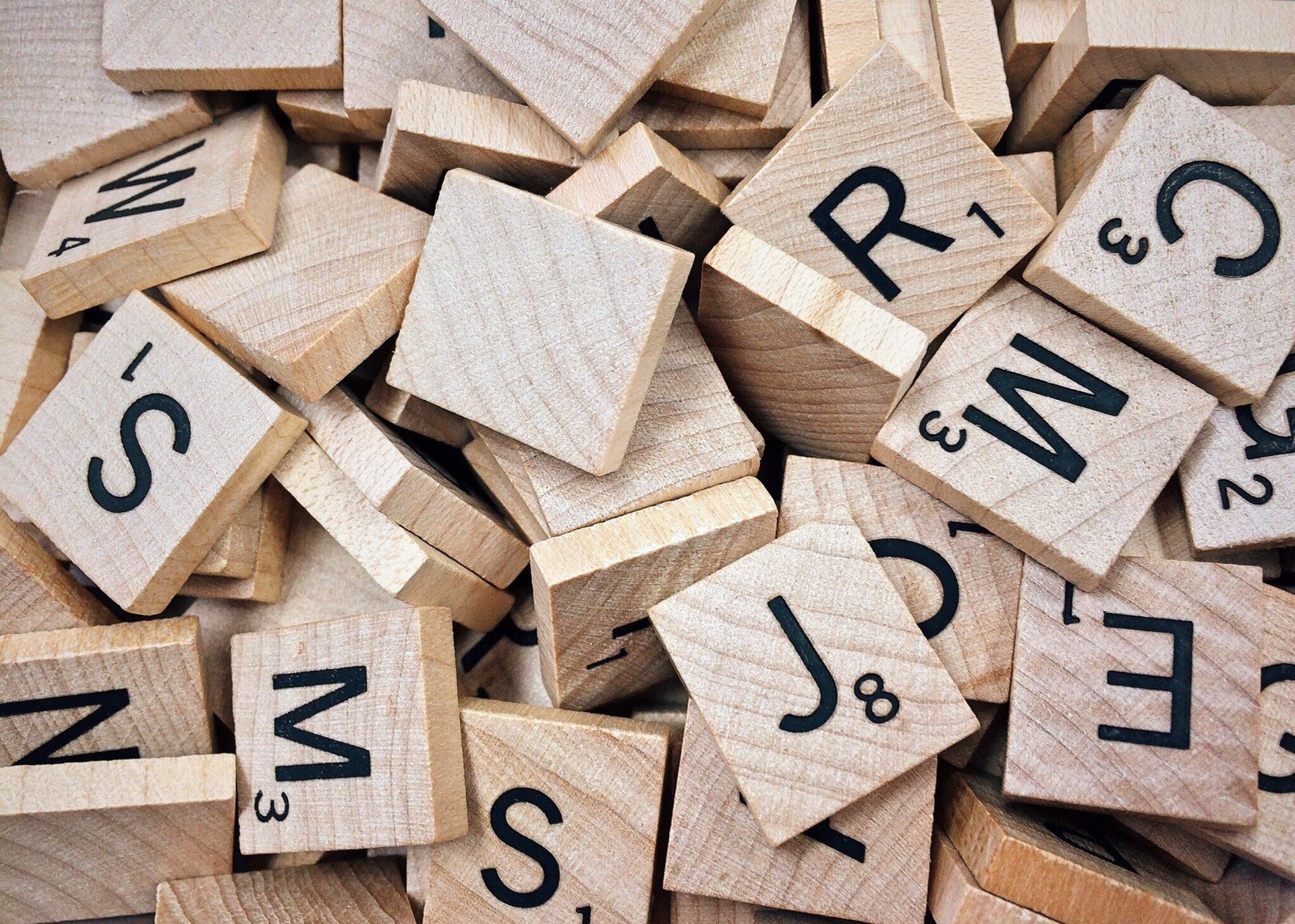
If you have ever named a company you will know it is not easy.
But there are a few approaches that can be helpful in finding the right brand name.
The first, and perhaps most obvious, is to name the business after yourself. Yes, it might be a little egotistical to do so, but then, if your name is above the door, it does show potential customers that you are serious. Disney, Cadbury, Booths and Heinz all followed this approach.
Second is to use a descriptive name. Whole Foods. Internet Explorer. The Pound Shop. Cartoon Network. Boring perhaps, but customers know what they are in for.
Third is to name your company after a place, like Lancaster Brewery, Patagonia or Cisco Systems (the latter being an abbreviation of San Francisco). This can help with creating a sense of heritage or making a favourable association with somewhere evocative.
Fourth is to use an acronym, which can be surprisingly memorable. BMW, HSBC and IBM are ubiquitous, yet many people have no idea what the letters stand for.
Fifth is to mash two words together to create a new one. Hybrid names like Microsoft, Facebook, WordPress and Instagram are particularly popular in the tech sector.
Sixth is to try and evoke a feeling or create a connection, however tenuous, with a well chosen word. Nike, Oracle and Tesla all play this game well.
Seventh is to be playful through the use of alliteration or rhyme. Coca-Cola, YouTube, Dunkin’ Donuts – these brand names are fun to say even if it is not quite clear why.
Eighth is to just make something up. Kodak, Hoover, Kleenex, Etsy and Rolex all sound like words that have been around forever, but all are neologisms coined by someone that needed a suitable brand name.
But sometimes it is this last category of names where things can go wrong.
Royal Mail infamously changed its name to Consignia, before switching back just a few months later. This story might soon resonate with Standard Life Aberdeen, which has just inexplicably rebranded as Abrdn. Like I said, it is not easy.









